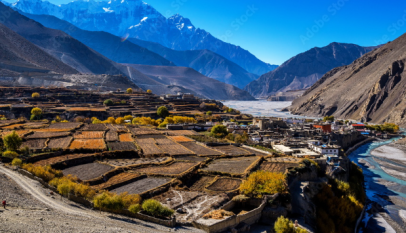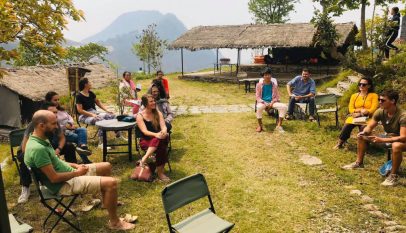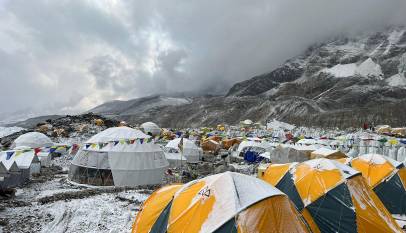Land of Gods and Goddesses

Nepal, and its pantheon of gods and goddesses is deeply intertwined with the country’s cultural and religious identity. The ancient scriptures of Hinduism, including the Vedas, Puranas, and epics like the Ramayana and Mahabharata, have significantly shaped Nepal’s spiritual landscape.
Pashupatinath Temple: Abode of Lord Shiva
The Pashupatinath Temple in Kathmandu is one of the holiest Hindu temples dedicated to Lord Shiva. Shiva is considered the supreme deity and the destroyer in the Hindu trinity. Pashupatinath attracts devotees from around the world who come to seek blessings and perform rituals along the sacred Bagmati River.
Goddesses: From Durga to Kumari
Nepal also reveres a multitude of goddesses, each representing different aspects of feminine energy and power. Goddess Durga, the warrior goddess, is celebrated during the Dashain festival, symbolizing the triumph of good over evil. The Kumari, or Living Goddess, is a unique tradition where a young pre-pubescent girl is chosen as the earthly vessel of the goddess Taleju. She is revered until she reaches puberty.
Indigenous Deities: Blending Faith and Nature
In addition to the Hindu pantheon, Nepal’s cultural landscape is enriched by a variety of indigenous deities that reflect the deep connection between faith and nature. Lepcha, Kiranti, and Tamang communities, among others, worship spirits of mountains, rivers, and forests, demonstrating Nepal’s rich ethnic diversity.
Newar Pantheon: Kathmandu’s Unique Deities
The Newar community of Kathmandu Valley has a distinct pantheon of deities that reflect their vibrant cultural heritage. The chariot festivals of Kumari Jatra and Indra Jatra celebrate goddesses like Kumari and Ajima, along with Indra, the god of rain.
Tantric Traditions: Esoteric Deities
Nepal also boasts a tradition of tantric worship, involving esoteric rituals and practices. Deities like Chinnamasta, a form of Goddess Durga, are worshipped through these intricate rituals, symbolizing concepts of transformation and power.
Nepal’s rich spiritual heritage is intricately woven into its cultural fabric, with a myriad of gods and goddesses forming the very essence of the nation’s identity. These deities are not only revered religious figures but also a testament to Nepal’s diverse communities and their profound connection with nature and the divine. As visitors and scholars explore this breathtaking country, they are sure to be captivated by the awe-inspiring array of gods and goddesses that continue to shape Nepal’s past, present, and future.
Mustang as international tourist destination
Luring Mustang as one of the top tourist destinations in Nepal involves highlighting its u…










